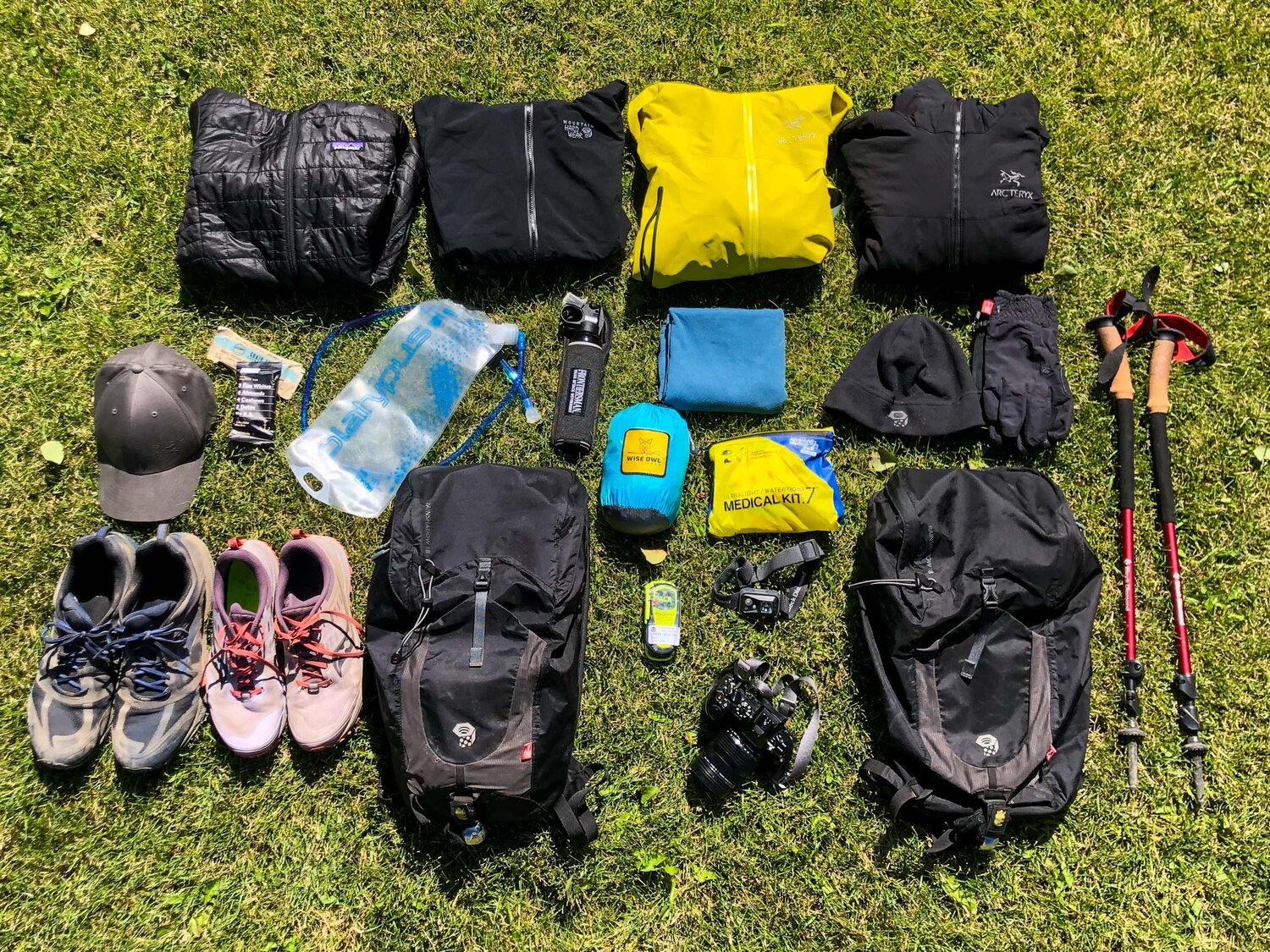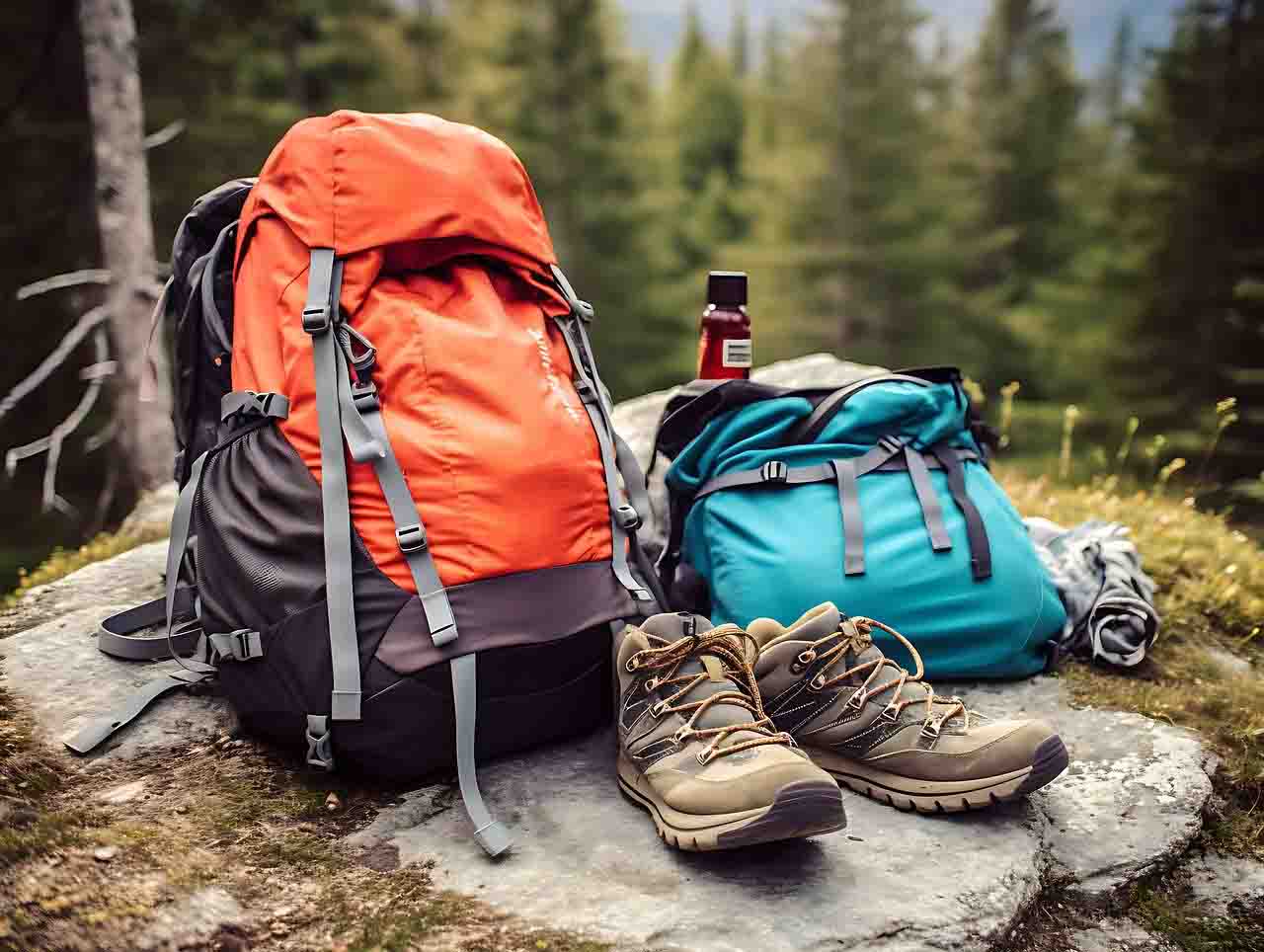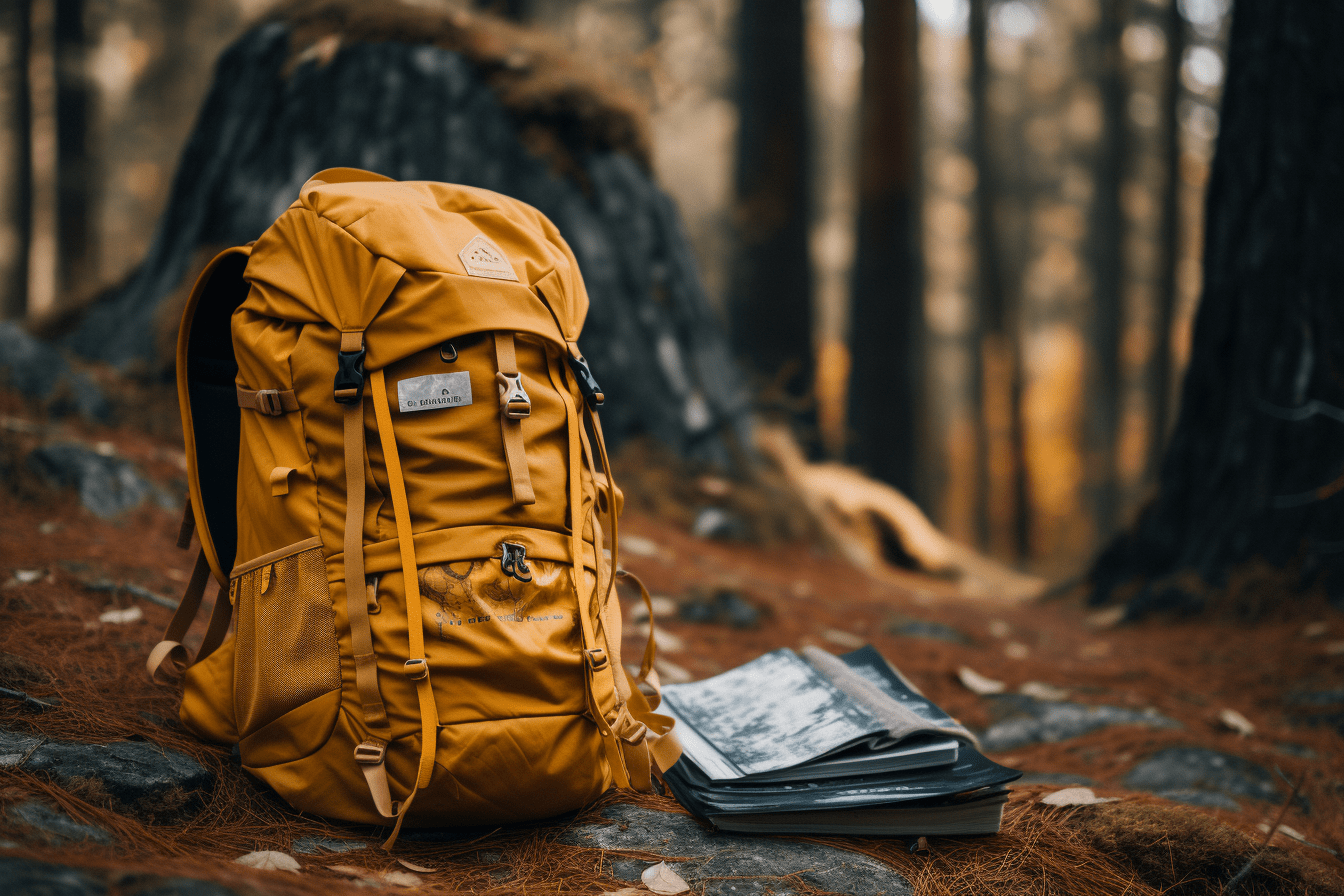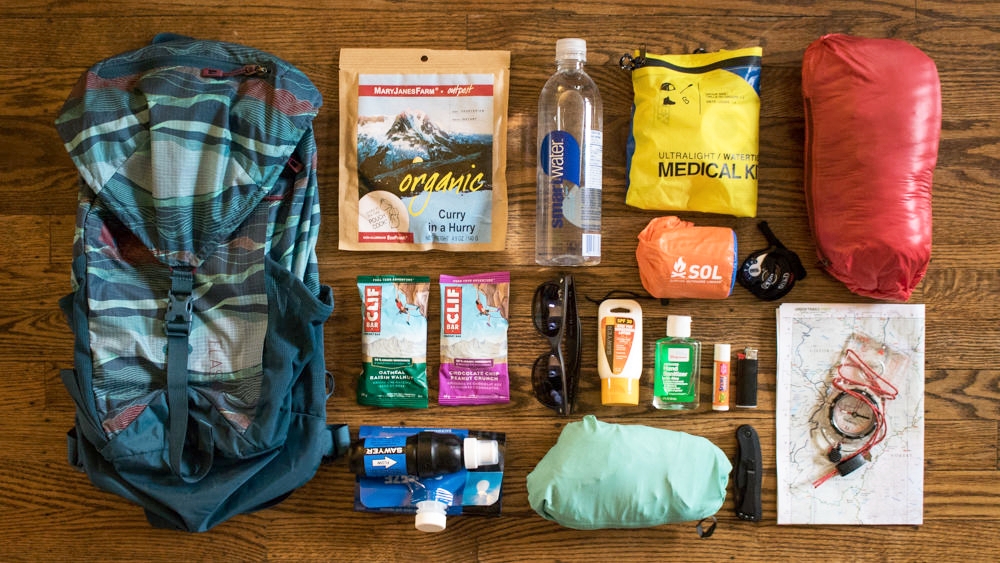I. Introduction

Proper gear is essential for a successful and safe hiking experience. Whether you are embarking on a short day hike or a multi-day backpacking trip, having the right equipment can make all the difference. One of the best ways to ensure you have everything you need is to create a comprehensive hiking essentials checklist. This checklist will not only help you stay organized, but it will also serve as a reminder of the items you need to pack before heading out into the wilderness.
II. Essential Clothing and Footwear
A. Clothing
The first category of gear to consider is clothing. When it comes to hiking, it’s important to dress in layers. This layering system allows you to adjust your clothing based on the weather conditions and your activity level. Your clothing should consist of base layers, insulating layers, and outer layers.
- Base Layers Base layers are worn closest to your skin and are responsible for managing moisture and regulating body temperature. Look for moisture-wicking fabrics such as merino wool or synthetic materials that will keep you dry and comfortable.
- Insulating Layers Insulating layers provide warmth by trapping your body heat. Fleece jackets or down vests are great options for insulating layers as they are lightweight and offer excellent insulation.
- Outer Layers Outer layers, such as waterproof and windproof jackets, protect you from the elements. Look for jackets made with breathable materials that will keep you dry while allowing moisture to escape.
B. Footwear
Having appropriate footwear is crucial for hiking as it provides stability, support, and comfort throughout your journey.
- Hiking Boots/Shoes Investing in a good pair of hiking boots or shoes is essential. Look for footwear that is sturdy, comfortable, and provides good ankle support. Waterproofing is also important, especially if you will be hiking in wet or muddy conditions.
- Socks Choosing the right socks is just as important as selecting the right footwear. Look for socks made from moisture-wicking materials that will help keep your feet dry and prevent blisters. Cushioning is also important to provide comfort and protection.
III. Backpacking Gear
A. Backpack
Having a well-fitting backpack is crucial as it will be carrying all your gear. Consider the size and fit of the backpack to ensure it is comfortable and properly distributes the weight.
- Size and Fit Considerations When choosing a backpack, consider the length of your trip and the amount of gear you will need to carry. Backpacks are typically measured in liters, and the size you choose will depend on the duration and type of hike.
- Features Look for backpacks with multiple pockets and compartments that will help you stay organized. Adjustable straps and a padded waist belt are also important for comfort and weight distribution.
B. Sleeping System

A good night’s sleep is essential when hiking, especially during multi-day trips. Having the right sleeping system will ensure you get the rest you need to continue your journey.
- Tent or Shelter Choosing the right tent or shelter depends on your personal preference and the conditions you will be hiking in. Look for lightweight and durable options that provide adequate protection from the elements.
- Sleeping Bag and Mat A sleeping bag with the appropriate temperature rating is key to staying warm and comfortable at night. Additionally, a sleeping mat helps provide cushioning and insulation from the cold ground.

A. Map and Compass
One of the most important navigation tools to have when venturing into the great outdoors is a map and compass. These tools allow hikers and adventurers to familiarize themselves with the terrain they will be exploring and help them navigate their way through it. Maps provide valuable information such as topography, trails, and landmarks, while a compass allows users to determine their direction and locate their position on the map. Together, they are essential for staying on track and avoiding getting lost.
B. GPS Device and/or Smartphone Apps
In addition to a map and compass, a GPS device or smartphone app can provide an added layer of navigation and safety. GPS devices and apps utilize satellite technology to pinpoint your exact location, track your movements, and help you navigate trails and routes. They can also provide real-time information on elevation, distance traveled, and estimated time of arrival. However, it is important to remember that technology may not always be reliable, so it is crucial to have a backup plan in case of battery failure or loss of connection.
C. First Aid Kit and Emergency Communication Device
When embarking on outdoor adventures, accidents and injuries can happen. Therefore, it is crucial to carry a first aid kit that contains essential supplies such as bandages, antiseptic wipes, pain relievers, and medical tape. Additionally, it is important to have an emergency communication device, such as a two-way radio or a personal locator beacon. These devices can be used to call for help in case of emergencies when cell phone coverage is limited or unavailable.
D. Survival Gear: Knife, Fire Starter, Whistle, etc.
Being prepared for unexpected emergencies or survival situations is essential when venturing into the wilderness. Carrying survival gear such as a knife, fire starter, whistle, and emergency blanket can greatly increase your chances of survival. A knife can be used for various tasks, including cutting ropes, preparing food, or even building a shelter. A fire starter, such as a ferro rod or waterproof matches, can help you start a fire for warmth, light, and signaling for help. A whistle is a powerful tool to attract attention and can be heard over long distances. These items, along with other survival essentials, should always be included in your backpack.
V. Hydration and Nutrition

A. Water Bottles and/or Hydration Bladders Proper hydration is crucial when engaging in any physical activity, especially in outdoor environments. Carrying an adequate supply of water bottles or using a hydration bladder ensures that you have access to clean drinking water throughout your journey. Water bottles are lightweight, convenient, and easy to refill, while hydration bladders can be placed inside backpacks and allow for hands-free drinking through a tube.
B. Water Filtration System or Purification Tablets In situations where clean water sources are scarce or questionable, a water filtration system or purification tablets can be a lifesaver. These tools allow you to filter or purify water from streams, lakes, or other natural sources, making it safe for consumption. It is important to research and choose a water filtration system or purification tablets that are effective against a wide range of microorganisms and contaminants.
C. High-Energy Snacks and Meals When participating in strenuous outdoor activities, it is important to refuel your body with high-energy snacks and meals. Snacks such as energy bars, trail mix, and dried fruits provide a quick source of energy and can be easily carried in your backpack. For longer adventures, consider packing lightweight dehydrated meals that can be prepared by simply adding hot water. These meals are not only convenient but also provide essential nutrients to keep you fueled and energized.
By ensuring you have the necessary navigation tools and safety equipment, staying hydrated and nourished, and carrying additional essential gear, you can greatly enhance your outdoor experience and stay safe during your adventures. Remember to always plan and prepare accordingly, and enjoy exploring the wonders of the natural world.

